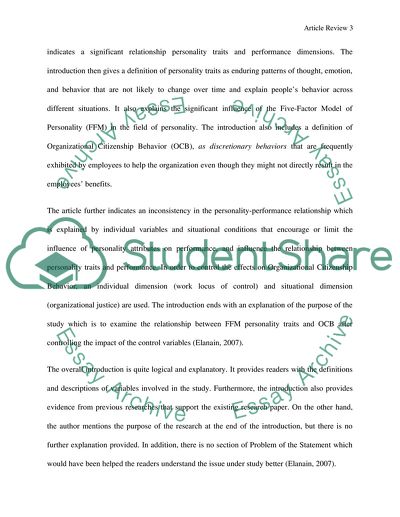Cite this document
(Does Personality Influence Employee Citizenship Research Paper - 1, n.d.)
Does Personality Influence Employee Citizenship Research Paper - 1. Retrieved from https://studentshare.org/social-science/1750269-research-article
Does Personality Influence Employee Citizenship Research Paper - 1. Retrieved from https://studentshare.org/social-science/1750269-research-article
(Does Personality Influence Employee Citizenship Research Paper - 1)
Does Personality Influence Employee Citizenship Research Paper - 1. https://studentshare.org/social-science/1750269-research-article.
Does Personality Influence Employee Citizenship Research Paper - 1. https://studentshare.org/social-science/1750269-research-article.
“Does Personality Influence Employee Citizenship Research Paper - 1”, n.d. https://studentshare.org/social-science/1750269-research-article.


